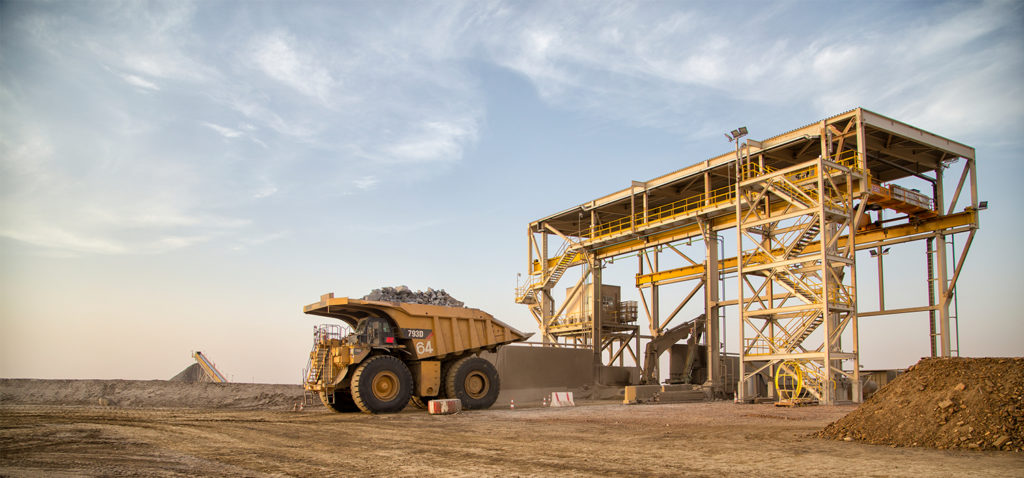Kinross Tasiast gold mine continuous improvement (CI) and mobile maintenance departments have teamed up to develop and implement two new CI initiatives that are saving the mine in Mauritania approximately $250,000 per year. In 2019, the mobile maintenance team noticed that replacing halogen lights on the Cat 793D trucks had contributed to 146 hours of down-time over the course of the year. The lights were designed to have a battery life of 1,000 hours and the team needed to find a solution to reduce downtime. They worked together and found an alternative LED light that has a battery life of 50,000 hours – 50x longer than the halogen lights. They began implementing the new lights in January 2020 and are expected to save the operation $150,000 per year.
After the LED lights were installed, the teams began analysing additional ways to reduce downtime on trucks. The reliability team identified mirror failures among one of the top reasons for lost-time, as operators would need to visit the maintenance shop for adjustments. They then worked on developing an alternative design that installed hand-adjustable brackets for operators to make changes without support of a mechanic. This initiative is expected to reduce down time and save the mine approximately $100,000 per year, with 63% of trucks already utilising the manual adjustment unit and the remaining trucks expected to have the unit installed by Q3 2021.
Tasiast’s current estimated mine life runs to 2033 and the mine set some new records set in 2020: Q4 production of ~111,000 oz, annual production of ~407,000 oz and cost of sales per ounce of $584/oz. On a bigger scale the Tasiast 24k project also takes a continuous improvement approach, in this case to increase throughput, which is expected to ramp up to 21,000 t/d by the end of 2021, and then to 24,000 t/d by mid-2023. Throughput increases are being achieved through minor upgrades and debottlenecking initiatives in the plant. The project includes modifications to the existing grinding circuit, adding new leaching and thickening capacity, as well as incremental additions to onsite power generation and water supply. It is advancing on schedule as both mechanical work on the processing plant and construction of the power plant proceeding well.











